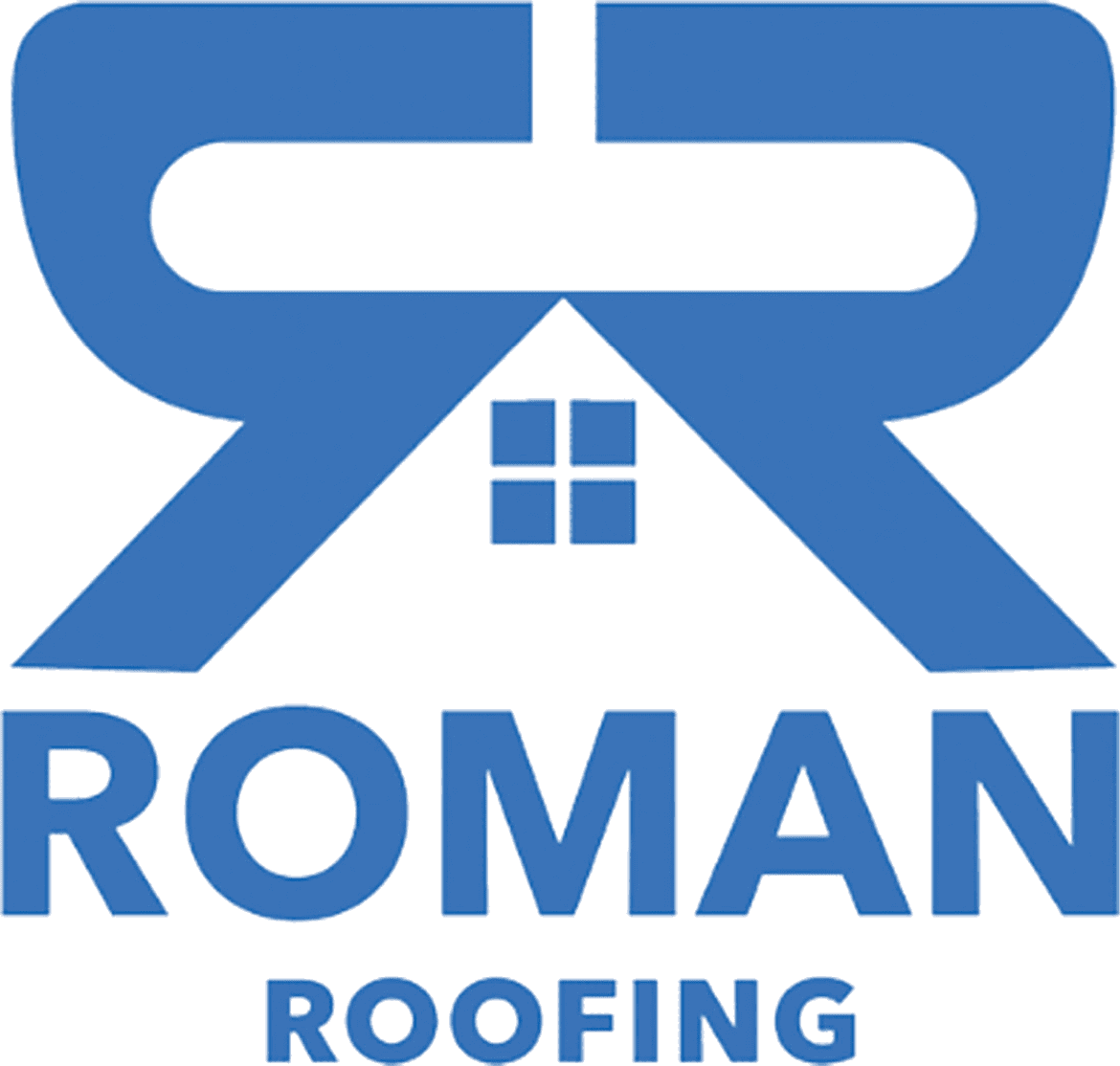While many view roofing simply as a practical aspect of building construction, its impact on society and the economy is both broad and deep. From creating jobs to making housing more affordable, the roofing industry plays a vital role in shaping the quality of life for individuals and communities. This article explores the multifaceted socioeconomic contributions of roofing.
Employment and Skill Enhancement
The roofing industry is a major job creator, offering a range of employment opportunities from labor-intensive roles to specialized positions like architects and engineers. Skill development programs and apprenticeships further enrich the labor market, offering pathways to better economic opportunities.
Making Housing Accessible
Innovative, cost-effective roofing solutions can substantially lower the cost of construction, making housing more affordable. This, in turn, fosters social stability, reduces homelessness, and contributes to the overall well-being of communities.
Boosting Local Economies
The roofing industry stimulates local economies by creating demand for various materials, from raw resources to finished products. This demand benefits local businesses, increases tax revenue, and fosters regional economic growth.
Household Savings Through Energy Efficiency
Energy-efficient roofing solutions can significantly reduce household energy bills. The money saved can be allocated to other essential needs, thereby improving the standard of living for many families.
Preserving Cultural Heritage
Roofing plays a crucial role in the restoration and preservation of historical buildings. This not only maintains cultural heritage but also boosts tourism and educates future generations.
Influencing Urban Development
Modern roofing innovations, such as green roofs and communal spaces, have a direct impact on urban planning. These features contribute to community well-being, mental health, and sustainable urban growth.
Building Disaster-Resilient Communities
Durable and adaptive roofing solutions offer protection against natural disasters like hurricanes and floods. Communities with such resilient infrastructures are better equipped to recover from disasters, both economically and socially.
Enhancing Public Health
Quality roofing provides protection against health hazards like mold and extreme temperatures. This contributes to a healthier population, reducing the burden on healthcare systems.
Championing Environmental Responsibility
Sustainable roofing practices contribute to environmental conservation. From responsible material sourcing to waste management, these practices combat climate change and promote regional biodiversity.
Promoting Social Equity
Roofing initiatives targeted at low-income or disaster-affected communities contribute to social equity. These inclusive practices ensure that everyone has access to safe shelter, reducing societal inequalities.
The roofing industry serves as a pillar of socioeconomic development. Beyond its primary function of providing shelter, it influences various aspects of life, from employment and housing to cultural preservation and environmental sustainability. Each roof, therefore, is not just a structure but a building block in the larger framework of societal well-being.

